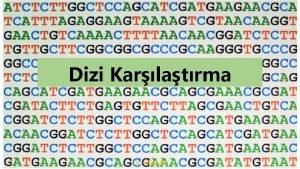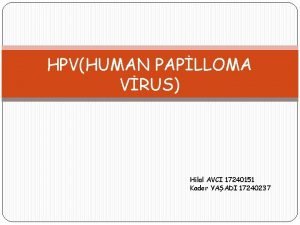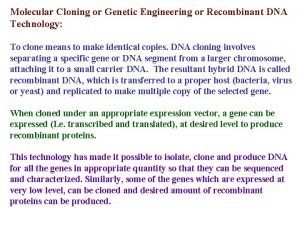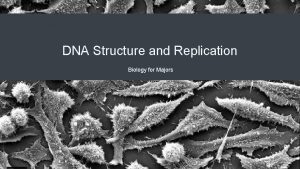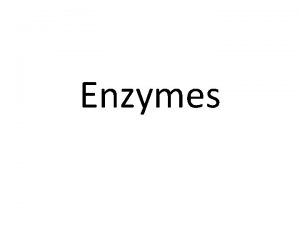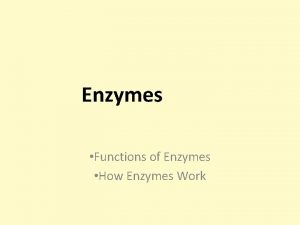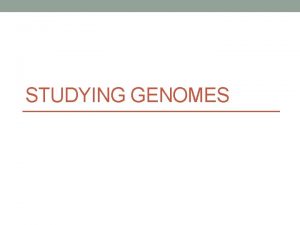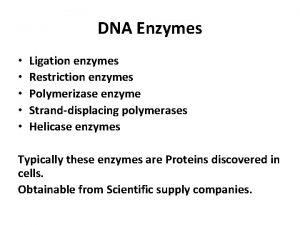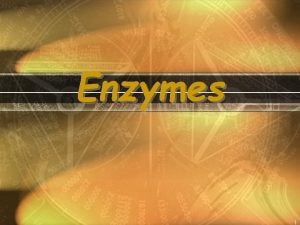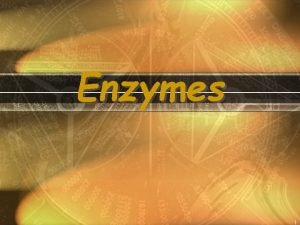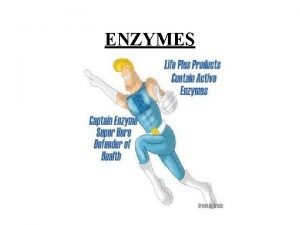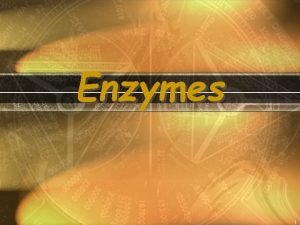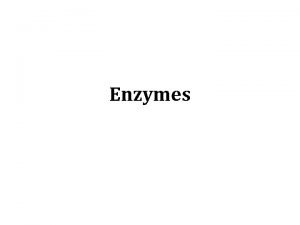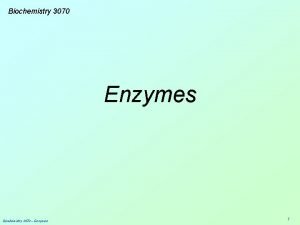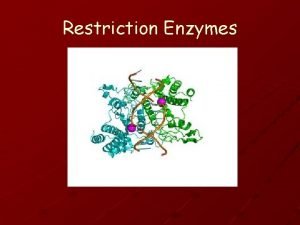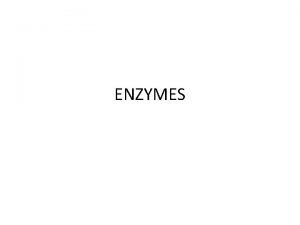Studying DNA Dr Hilal AY Enzymes for DNA





















- Slides: 21

Studying DNA Dr. Hilal AY


Enzymes for DNA Manipulation

Enzymes for DNA Manipulation

Enzymes for DNA Manipulation • The enzymes available to the molecular biologist fall into four broad categories: DNA polymerases Nucleases Ligases End-modification enzymes

DNA Polymerases • An enzyme that synthesizes DNA is called a DNA polymerase, and one that copies an existing DNA or RNA molecule is called a template-dependent DNA polymerase. • A template-dependent DNA polymerase makes a new DNA polynucleotide whose sequence is dictated, via the base-pairing rules, by the sequence of nucleotides in the DNA or RNA molecule that is being copied.

DNA Polymerases Ø The new polynucleotide is always synthesized in the 5ʹ → 3ʹ direction: DNA polymerases that make DNA in the other direction are unknown in nature.

DNA Polymerases • An important feature of template-dependent DNA synthesis is that a DNA polymerase is unable to use an entirely single-stranded molecule as the template. • In order to initiate DNA synthesis, there must be a short, double-stranded region to provide a 3ʹend onto which the enzyme will add new nucleotides.

DNA Polymerases • In the test tube, a DNA-copying reaction is initiated by attaching to the template a short, synthetic oligonucleotide, usually about 20 nucleotides in length, which acts as a primer for DNA synthesis. • At first glance, the need for a primer might appear to be an undesired complication in the use of DNA polymerases in recombinant DNA technology, but nothing could be further from the truth. • Because annealing of the primer to the template depends on complementary base pairing, the position within the template molecule at which DNA copying is initiated can be specified by synthesizing a primer with the appropriate nucleotide sequence.

DNA Polymerases Features of template-dependent DNA polymerases used in molecular biology research

Nucleases Restriction endonucleases enable DNA molecules to be cut at defined positions



Gel electrophoresis is used to examine the results of a restriction digest

Gel electrophoresis is used to examine the results of a restriction digest

Ligases • Ligases join DNA fragments together

End-modification enzymes Terminal deoxynucleotidyl transferase Alkaline phosphatase T 4 polynucleotide kinase

The Polymerase Chain Reaction (PCR)

Carrying out a PCR


 Blgen
Blgen Doç dr hilal ay
Doç dr hilal ay Paplloma
Paplloma Hilal tercan
Hilal tercan Hilal özdağ
Hilal özdağ Banou hilal
Banou hilal Enzymes used in recombinant dna technology ppt
Enzymes used in recombinant dna technology ppt What are the enzymes involved in dna replication
What are the enzymes involved in dna replication 5 enzymes responsible for dna replication
5 enzymes responsible for dna replication Major enzymes in dna replication
Major enzymes in dna replication Coding dna and non coding dna
Coding dna and non coding dna Dna and genes chapter 11
Dna and genes chapter 11 Replication
Replication Bioflix activity dna replication lagging strand synthesis
Bioflix activity dna replication lagging strand synthesis Kung dog 1611
Kung dog 1611 Densitet vatten
Densitet vatten Tack för att ni har lyssnat
Tack för att ni har lyssnat Nationell inriktning för artificiell intelligens
Nationell inriktning för artificiell intelligens Referatmarkeringar
Referatmarkeringar Smärtskolan kunskap för livet
Smärtskolan kunskap för livet Sten karttecken
Sten karttecken Luftstrupen för medicinare
Luftstrupen för medicinare

